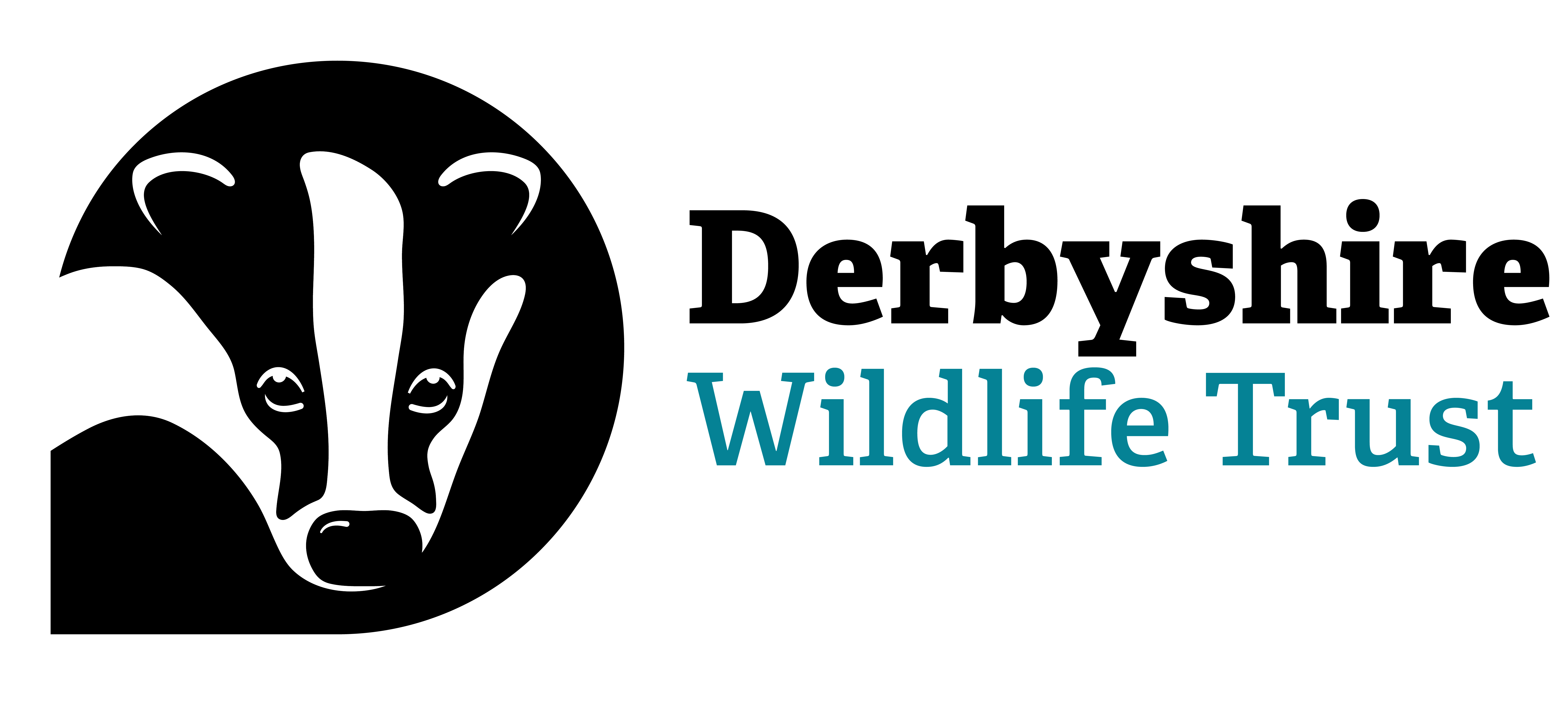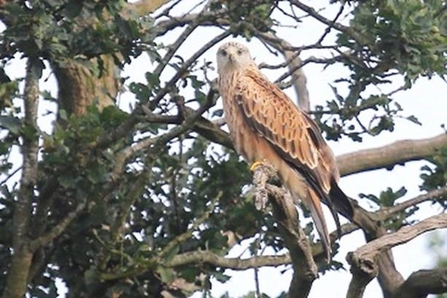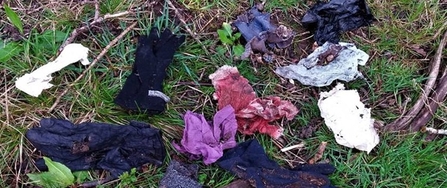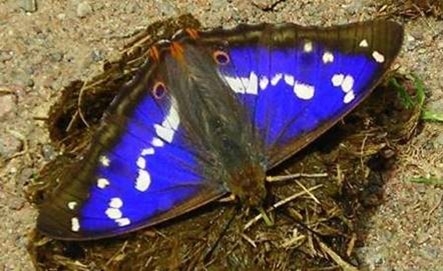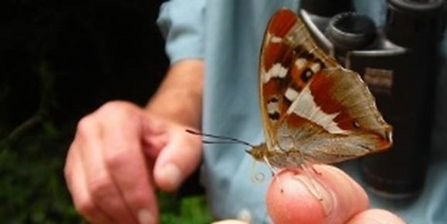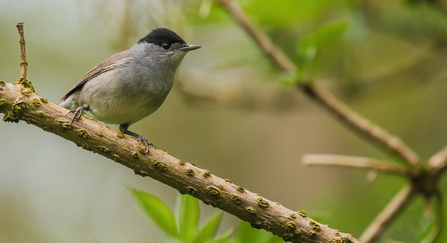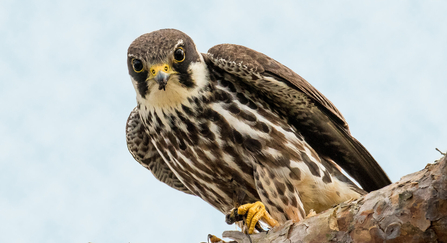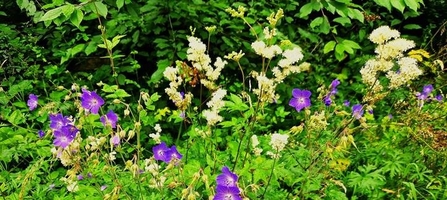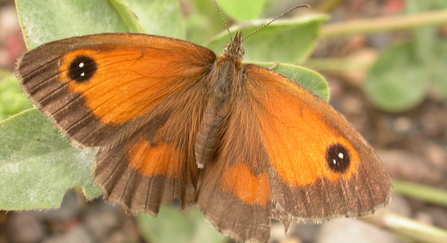Kites quietly consolidate
It is now six years since the first pair of red kites nested in the county since the 1850s.
They chose Kedleston Park near Derby, a site which just happens to be my local patch.
Keeping a daily eye on the pair, which eventually raised a single chick, proved to be a memorable experience.
